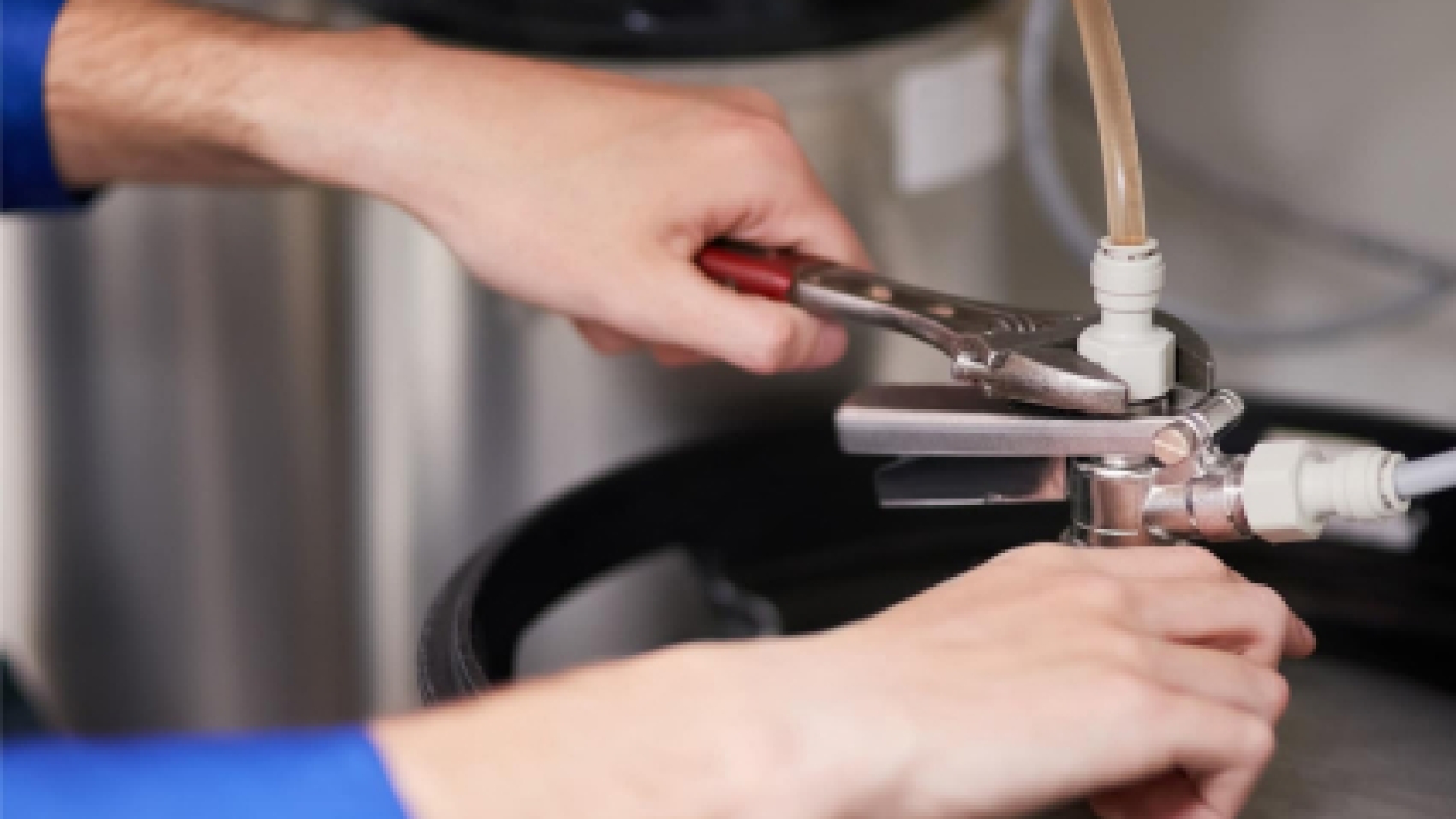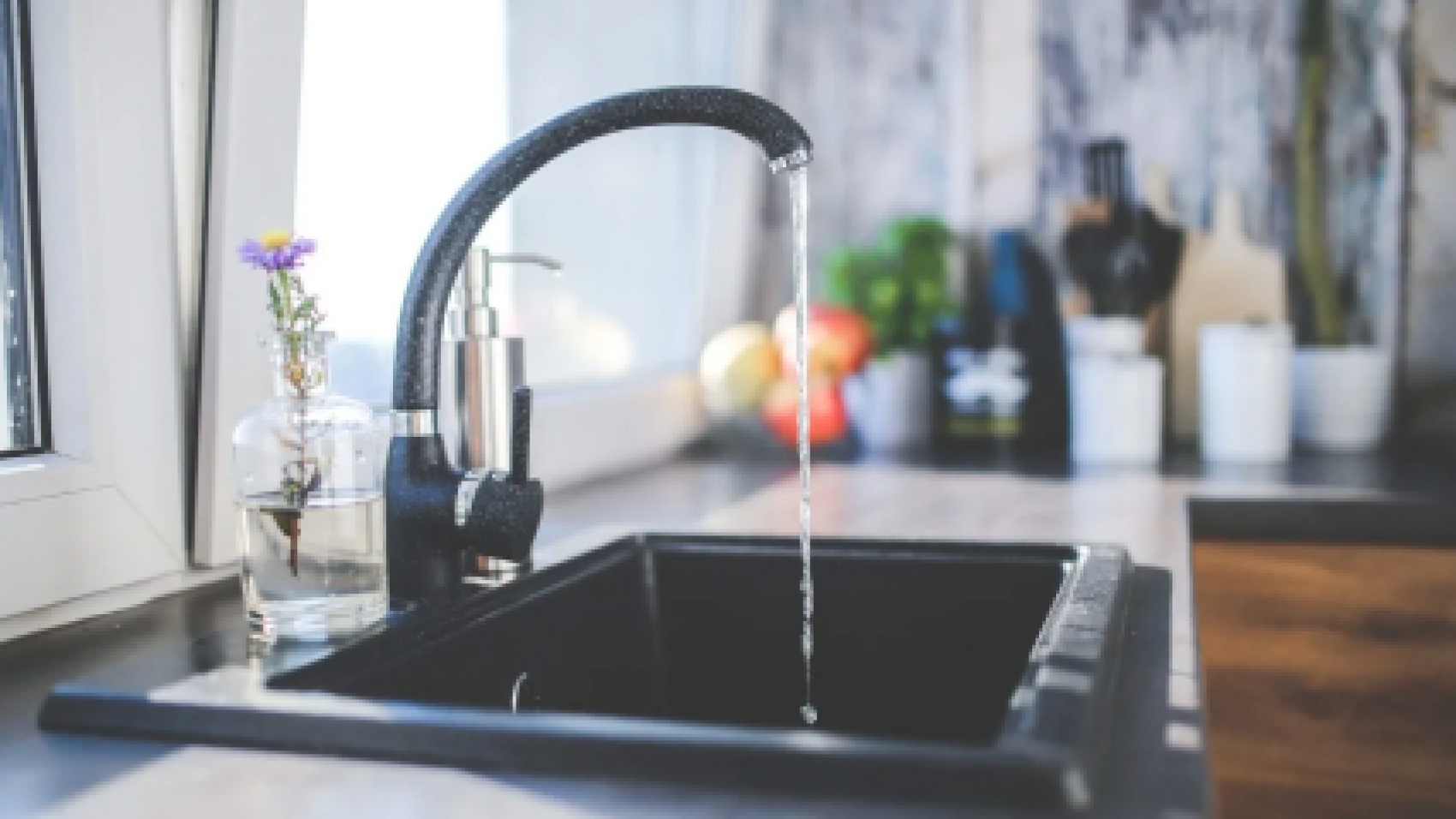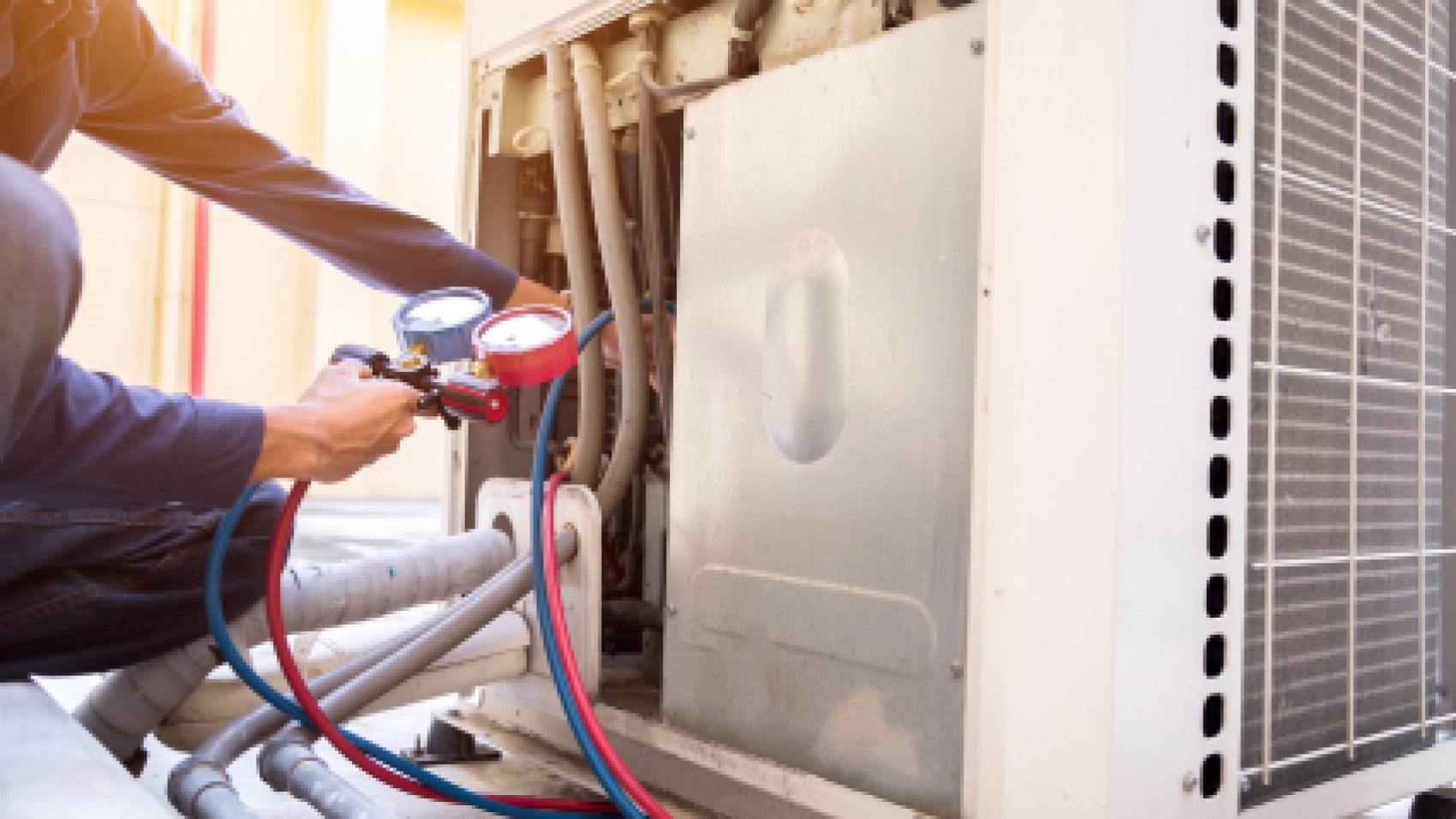Plumbing emergencies, such as burst pipes or major leaks, can be stressful and potentially damaging if not handled promptly. Knowing the right steps to take can minimize damage and make professional intervention more effective. Here’s a detailed guide to managing plumbing emergencies effectively.
Immediate Actions to Take When a Plumbing Emergency Strikes
When a plumbing emergency occurs, staying calm and taking immediate action is crucial. First, assess the situation to understand the scope of the problem. Determine whether the issue is localized or affecting multiple areas. If water is leaking, try to contain it by placing towels or buckets underneath to catch excess water. Protect your valuables and electronics from water damage. Contact your plumber as soon as possible to get professional help on the way. Quick action can significantly reduce the overall damage and repair costs.
How to Identify and Shut Off the Main Water Supply Quickly
One of the most critical steps in a plumbing emergency is to shut off the main water supply to prevent further damage. Locate your home’s main water shut-off valve, usually found in the basement, crawl space, or near the water meter outside. Turn the valve clockwise to close it. If the valve is not functioning properly or you cannot find it, you might need to shut off the water supply at the municipal meter, though this should be a last resort. Familiarize yourself with the location and operation of the shut-off valve beforehand to ensure quick access during emergencies.
Temporary Fixes to Minimize Damage Before Professional Help Arrives
While waiting for a plumber, apply temporary fixes to minimize damage. For small leaks, use a pipe clamp or repair tape to temporarily seal the affected area. In the case of a burst pipe, wrap the area with a rubber sheet or use a pipe repair kit. Avoid using chemical drain cleaners on clogs, as they may worsen the problem. Instead, try a plunger or a plumber’s snake for minor blockages. Remember, these temporary solutions are not replacements for professional repairs but can help reduce damage until help arrives.
What to Expect When You Call a Plumber: Tips for Efficient Communication
When contacting a plumber, provide detailed information to ensure a swift response. Describe the nature of the emergency, including the location and any temporary fixes you’ve applied. Mention any visible damage, such as water stains or flooding, and inform them if you’ve shut off the main water supply. Be ready to answer questions about your home’s plumbing system and recent issues. Clear and thorough communication will help the plumber assess the situation accurately and come prepared with the necessary tools and parts.
Step-by-Step Guide for Handling a Plumbing Emergency
1. Assess the Situation: Identify the source and extent of the problem.
2. Contain the Damage: Use towels or buckets to manage water and protect valuables.
3. Shut Off Water Supply: Locate and turn off the main water valve.
4. Apply Temporary Fixes: Use clamps or repair kits for small leaks and avoid chemical cleaners.
5. Contact a Plumber: Provide detailed information about the issue and any steps taken.
6. Prepare for Professional Help: Ensure the plumber has access and necessary details about the plumbing system.
Conclusion Effectively handling a plumbing emergency involves prompt action, temporary fixes, and clear communication with a professional plumber. By following the steps outlined above, you can minimize damage, reduce repair costs, and ensure that your plumbing issue is addressed efficiently. Preparation and quick response are key to managing emergencies and protecting your home from extensive damage.




